The Brutally Honest Truth About Smiley Piercings (From a Pro)
I’ve been in the body piercing world for a long time, and I’ve seen trends come, go, and come back again. The smiley piercing—that little flash of metal you see when someone smiles—is one that just keeps hanging around. Technically, it’s a piercing of the upper lip frenulum, and honestly, it’s one of the most debated piercings among pros for a very good reason.
In this article
When it works, it looks amazing. But here’s the tough truth: it’s a high-risk piercing that’s only a good idea for a tiny fraction of the people who want one. My goal here isn’t to sell you on it or scare you off completely. It’s to give you the exact same rundown I give a client sitting in my chair, so you can make a smart decision for yourself.
We’ll cover the anatomy (the make-or-break factor), what the actual piercing process is like, and the very real risks to your teeth and gums. Because frankly, I’ve seen what happens when this piercing goes wrong, and it’s not pretty.
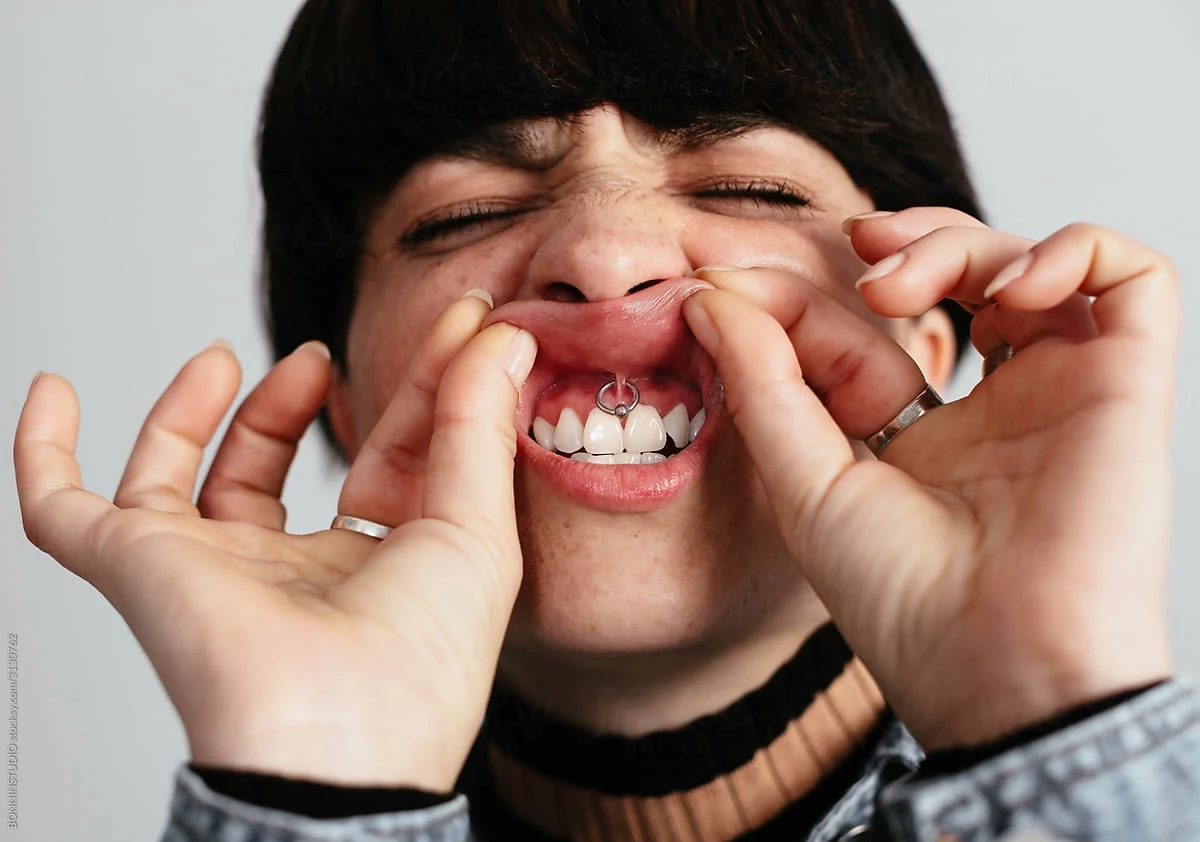
First Things First: Let’s Talk About Your Anatomy
Before we even think about needles or jewelry, we have to talk about you. Specifically, the little web of tissue that connects your upper lip to your gums. This is called the maxillary labial frenulum, and it’s the single most important factor in this whole conversation.
Go ahead, find a mirror right now. Lift up your top lip. See that thin little string of tissue? That’s it. Try to give it a gentle pinch. Does it feel sturdy and fleshy, or is it super thin, almost like a piece of paper? This is the first test.
Unlike an earlobe, this bit of tissue has a job: it helps keep your upper lip in place. Everyone’s is different. Some are thick, some are thin, and some are attached so low and tight there’s just no room for jewelry. When someone asks me for a smiley, the first thing I do is look for reasons not to do it. Here’s what I’m checking:
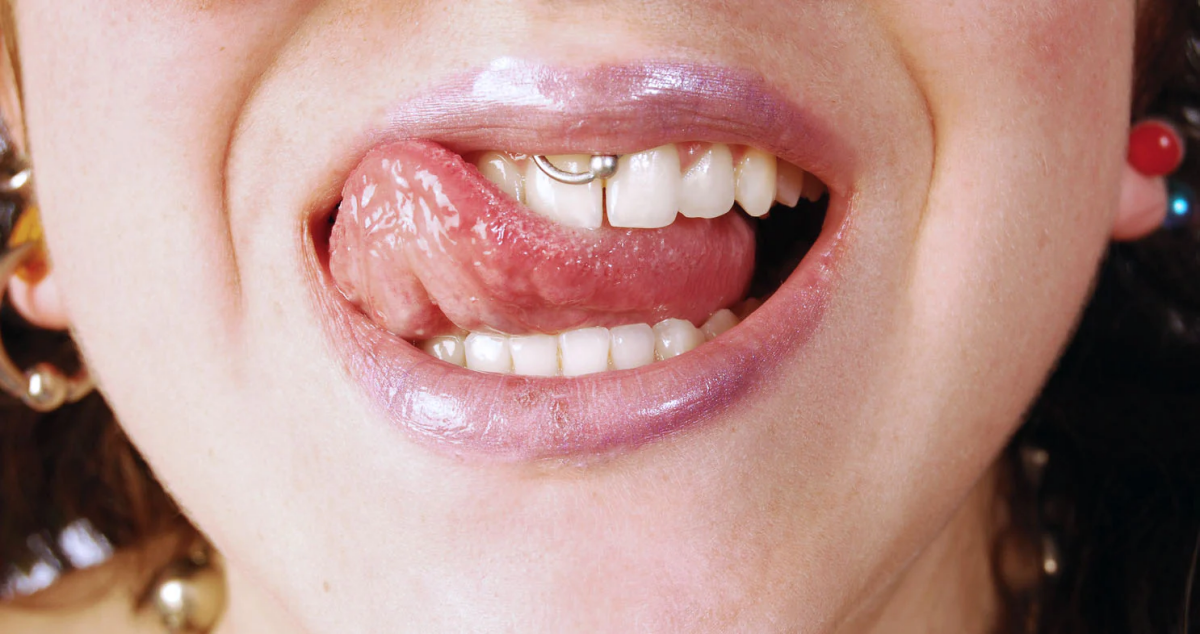
- Is the frenulum thick enough? If that tissue is too thin, the jewelry will act like a cheese wire over time. It will slowly migrate and cut through the tissue until it eventually just… falls out. This process is called rejection, and it can leave you with a little scarred notch.
- Where does it attach? If the frenulum connects too low, right above your teeth, there’s no safe place to put a piercing. The constant pressure would almost guarantee severe gum recession.
- Is there enough space? Some people have a very tight upper lip or just not much space between their lip and gums. The jewelry needs to sit comfortably without constantly mashing against your teeth and gums.
To be frank, I turn away at least 8 out of 10 people who ask for this piercing. A good piercer would rather lose a sale than perform a piercing they know is doomed to cause problems. If you walk into a studio and the piercer doesn’t do a thorough check of your anatomy before agreeing to it, that’s a massive red flag.

The Piercing Process: What to Expect in the Chair
Let’s say you’re one of the lucky few with the perfect anatomy for a smiley. The piercing procedure itself is incredibly fast. In any reputable studio, safety and sterility are the absolute top priority.
It starts with a chat. I’ll go over all the risks again, especially the long-term potential for tooth and gum damage. I need to know you understand that even with perfect placement, this damage is a real possibility. We’ll also talk about your dental hygiene and whether you have things like braces (which are a hard no for this piercing).
Next up is prep. You’ll rinse with an alcohol-free antiseptic mouthwash. I’ll put on sterile gloves, dry the area completely with sterile gauze, and use a sterile, single-use skin marker to place a tiny dot. Placement is everything—it has to be high enough to avoid the teeth but low enough to stay out of the more sensitive gum tissue.

Then comes the main event. Everything from this point on is sterilized and opened right in front of you. I use a hollow, single-use piercing needle, usually a 16 gauge. (Heads up: NO piercing guns, ever. They cause blunt force trauma and can’t be properly sterilized.) I’ll have you take a deep breath in, and on the exhale, the needle passes through in one quick, smooth motion. Most people say it’s a sharp pinch that’s over in a second. The anticipation is almost always worse than the actual pain.
The needle is immediately followed by the jewelry. The whole thing—from the mark to the jewelry being in—takes less than a minute. The setup and cleanup take way longer!
The Uncomfortable Truth: Long-Term Risks to Your Smile
This is the part of the conversation where people start to get nervous, and for good reason. No matter how well a smiley is placed or cared for, the jewelry is in constant contact with your teeth and gums. This is non-negotiable.
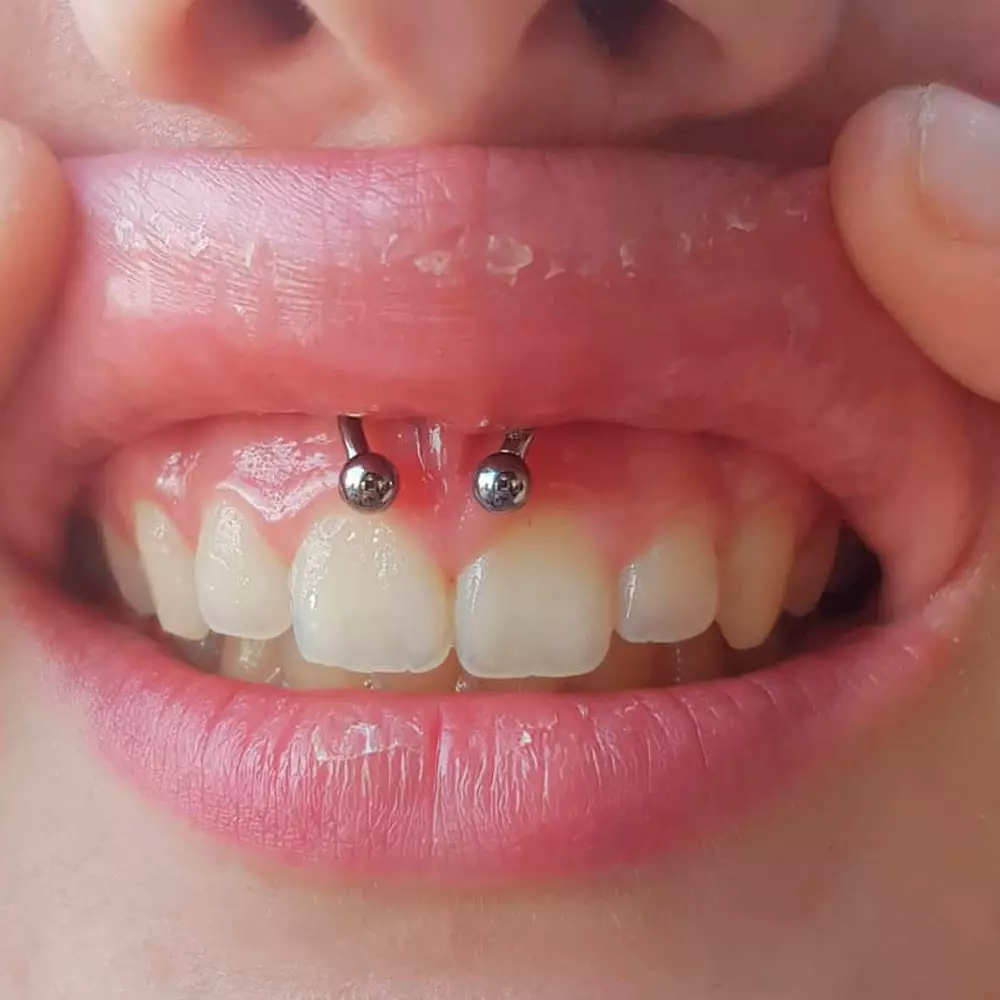
- Gum Recession: This is the most common and serious issue. The bead or ring constantly rubs against the gum tissue above your two front teeth. Over time, this friction wears the gum away, causing it to recede. Gum tissue does not grow back. This exposes the root of the tooth, leading to sensitivity and a much higher risk of cavities.
- Tooth Enamel Damage: Metal is harder than your tooth enamel. Fact. The jewelry will rub against your teeth, and over months or years, it can wear away the enamel, creating a dull spot or even a permanent groove. Damaged enamel is gone forever and might require dental bonding or veneers to fix.
- Chipping a Tooth: It’s easier to do than you’d think. One hard bite or an accidental knock to the mouth can cause a metal bead to hit your tooth with enough force to chip or crack it.
I’ve seen all of these things happen. I once had a client come in (with a piercing from another shop) whose gum recession was so bad you could see a shocking amount of their tooth roots. They had to get the piercing out and see a specialist about a gum graft. By the way, a gum graft is a painful surgery, and you’re looking at a bill that can easily run from $1,000 to $3,000 per tooth. That’s a steep price to pay for a piercing that went south.
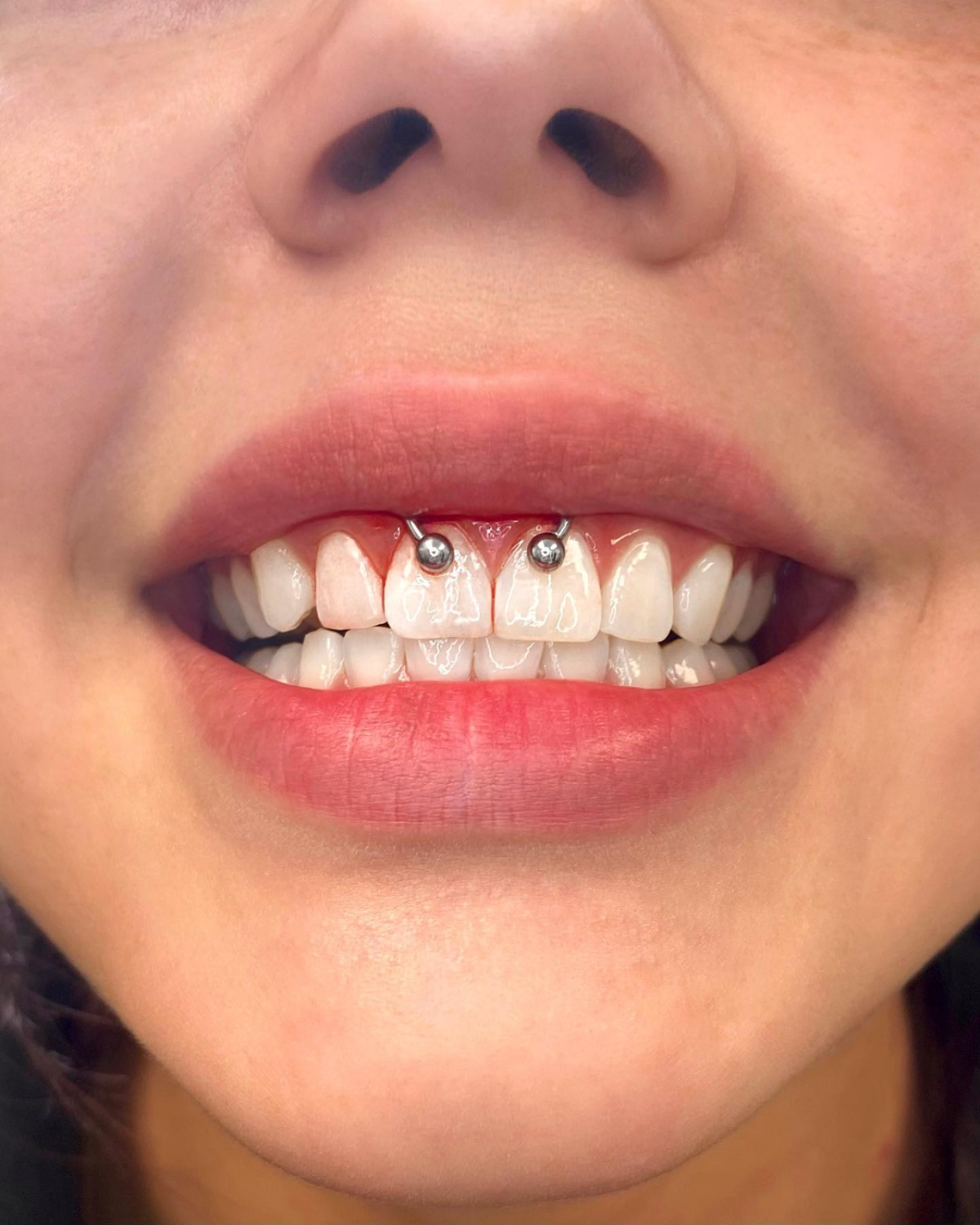
Healing 101: The First Few Weeks
If you decide to go for it, aftercare isn’t just a suggestion; it’s your best defense against complications. The mouth heals quickly, which is great, but it’s also full of bacteria, which isn’t.
Your initial healing timeline is about 4 to 12 weeks. For the first few days, expect some swelling and tenderness. Eating will be awkward. Stick to soft, non-spicy foods. After the first week, the tenderness should fade, but you’ll need to keep up with cleaning for the full healing period. That little tube of tissue (the fistula) is still super fragile.
A quick tip for that first week: Keep it simple! Stick to things like smoothies (but don’t use a straw, as the suction can cause bleeding), yogurt, ice cream, mashed potatoes, and lukewarm soups. Your mouth will thank you.
Your Aftercare Shopping List & Routine
Before you even go to the studio, you can get prepared. Here’s a simple shopping list:
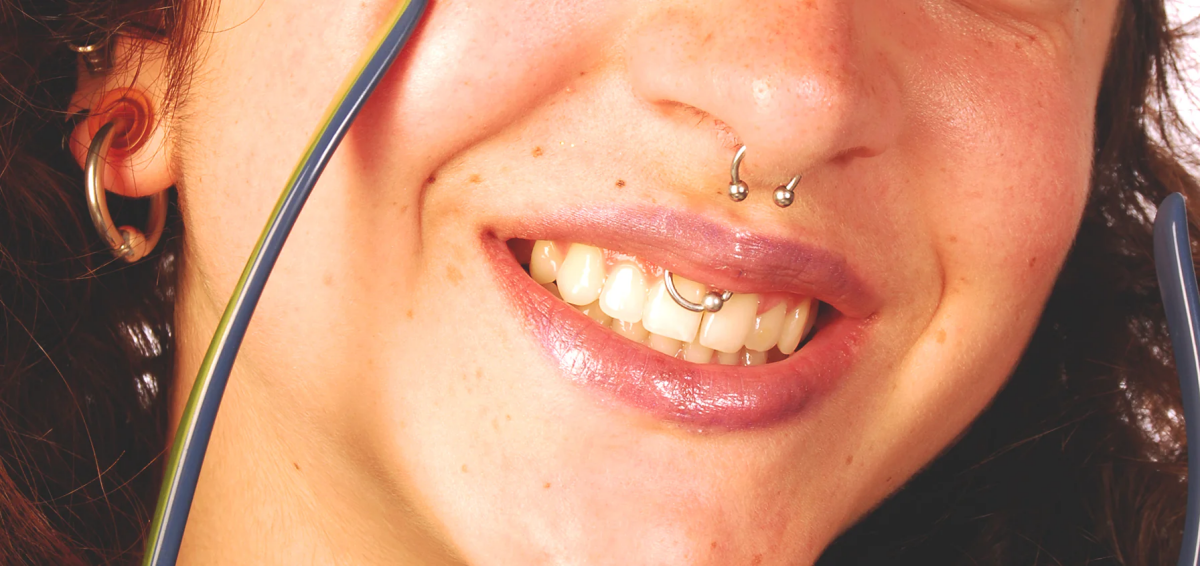
- Non-iodized sea salt: About $2-$5 at any grocery store.
- Bottled or distilled water: A gallon is around $1-$2.
- Alcohol-free mouthwash: Look for brands like Biotene or TheraBreath. This will cost you about $8-$12.
Here’s the routine. It’s simple but you have to be consistent.
1. Twice a day, rinse with a sea salt solution. Mix 1/4 teaspoon of non-iodized sea salt into one cup (8 oz) of warm bottled water. Swish gently for 30-60 seconds.
2. After every meal or drink (that isn’t water), rinse with your alcohol-free mouthwash. This is crucial for getting food particles out.
3. Be gentle when brushing your teeth. Use a soft-bristled toothbrush and avoid the area as much as you can.
4. Avoid irritants! This means no smoking, vaping, alcohol, spicy foods, or oral contact for the entire 4-12 week healing period. And please, don’t play with the jewelry!
Choosing the Right Jewelry (and Finding a Good Piercer)
The jewelry you start with is critical. This is not the place to save a few bucks. For initial piercings, you want implant-grade materials like implant-grade titanium (ASTM F136) or niobium. These are nickel-free and what surgeons use for implants. Solid 14k or 18k gold is also an option, but it must be from a reputable body jewelry company.
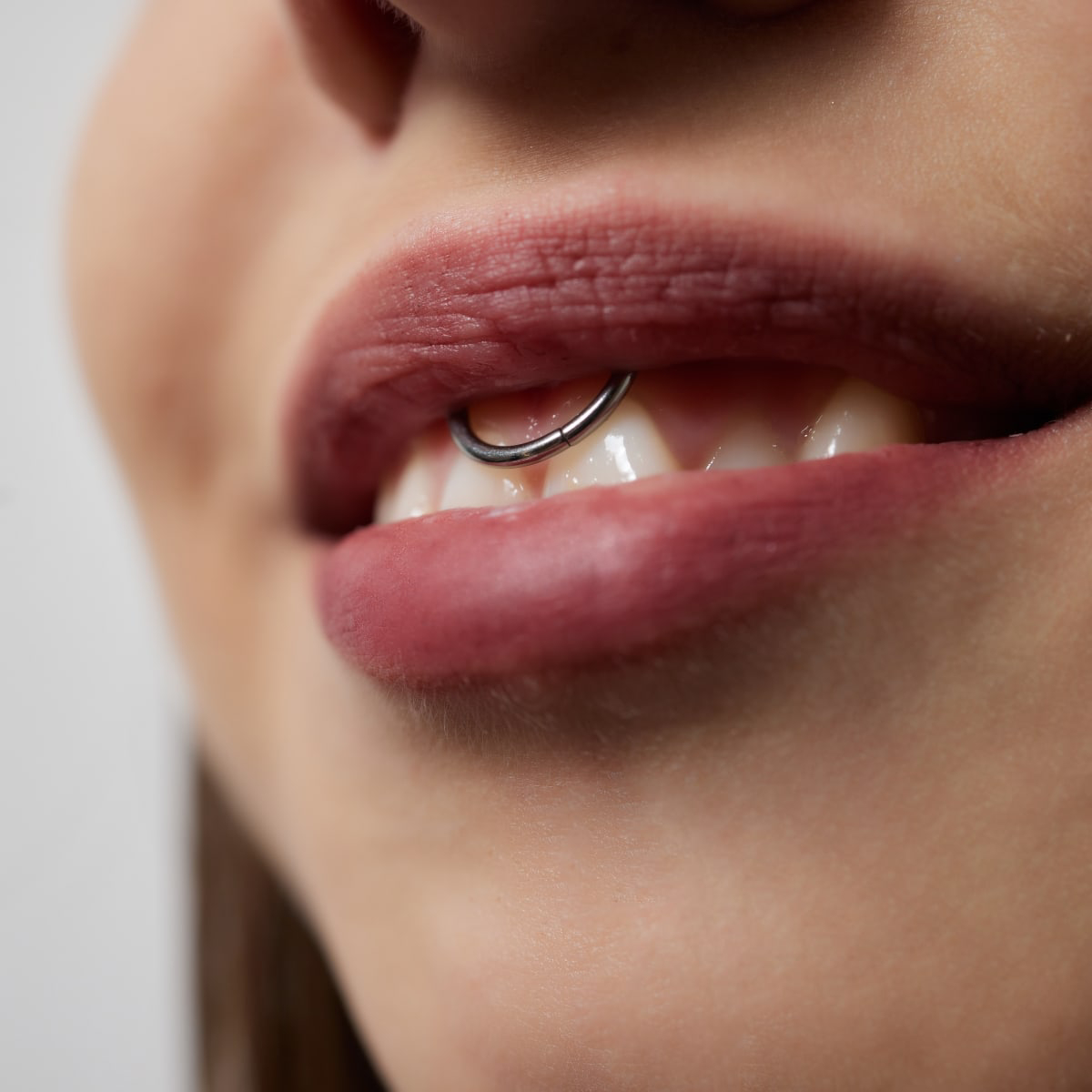
So, where do you find a piercer who uses this stuff and knows what they’re doing? Don’t just Google “piercing near me” and go to the cheapest place. That’s how you end up with problems.
A great place to start is to look for a professional piercer’s organization online. They often have a “member locator” tool that helps you find vetted studios in your area. Look for a piercer with a strong portfolio of healed smiley piercings (not just fresh ones). And listen to your gut. If they’re willing to have this kind of honest conversation with you, you’re in the right place.
Expect to pay around $40-$80 for the piercing fee from a professional, plus another $30-$60 for a basic, high-quality titanium ring or barbell. If a shop is advertising a smiley for $25 with jewelry included, you should run, not walk, away.
Normal Healing vs. A Real Problem
It’s easy to get paranoid, so let’s clear this up. What’s normal and what’s a red flag?
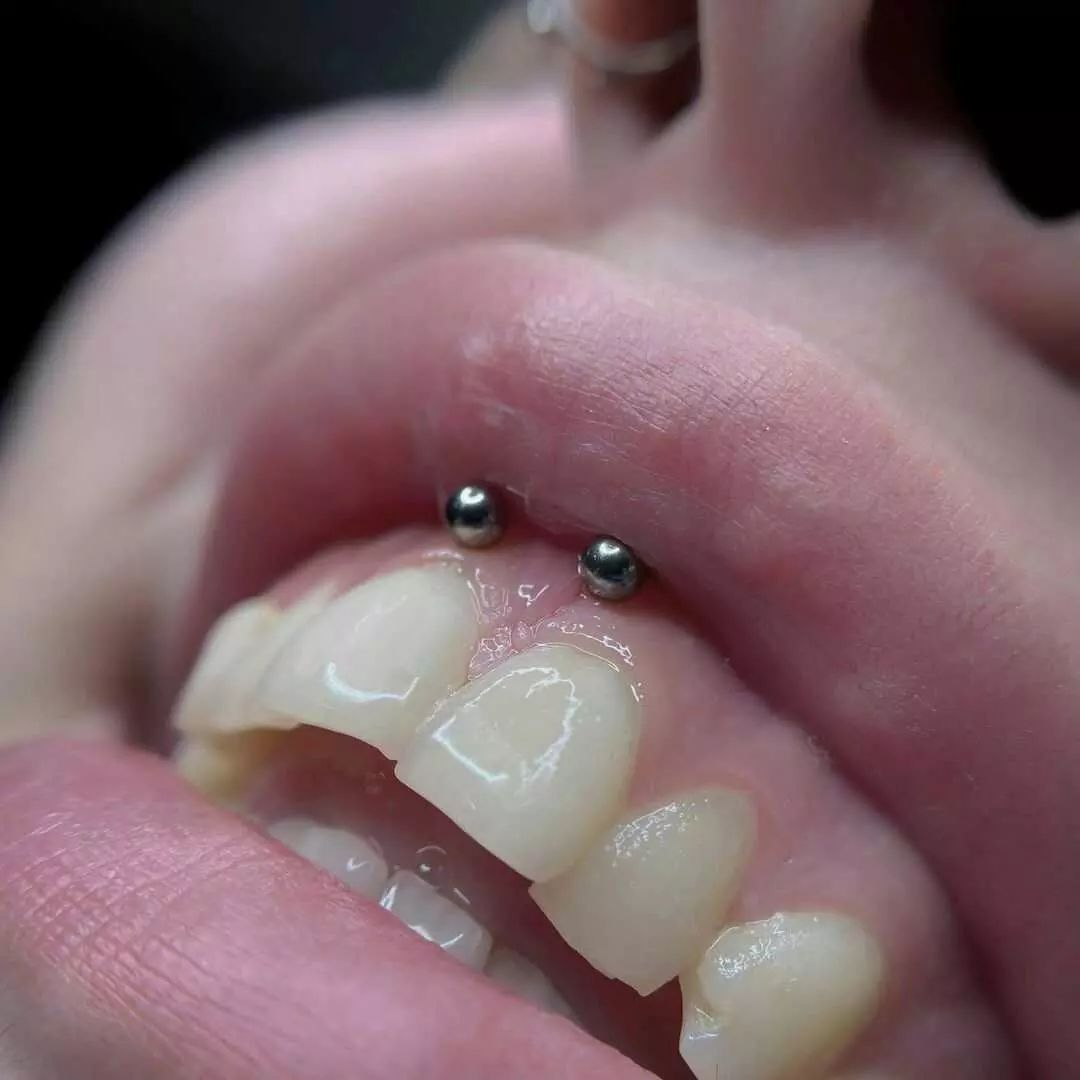
Totally Normal Healing Signs:
- Some swelling, redness, and tenderness for the first few days.
- A clear or whitish fluid (this is lymph, not pus) that forms “crusties” on the jewelry.
- A little bit of itching as things heal up.
Signs You Need to Call Your Piercer or Doctor:
- Pain, redness, or swelling that gets worse after the first week.
- Thick discharge that is yellow, green, or dark-colored, or has a bad smell.
- Red streaks coming from the piercing site.
- You develop a fever or feel generally unwell.
If you suspect an infection, do not take the jewelry out. This can trap the infection inside. See your piercer or a doctor right away.
My Final Thoughts
Look, the smiley is a tricky, high-maintenance piercing. It demands the perfect anatomy, a top-tier piercer, and a client who is 100% committed to aftercare and accepts the serious dental risks. For most people, it’s a temporary piercing at best.
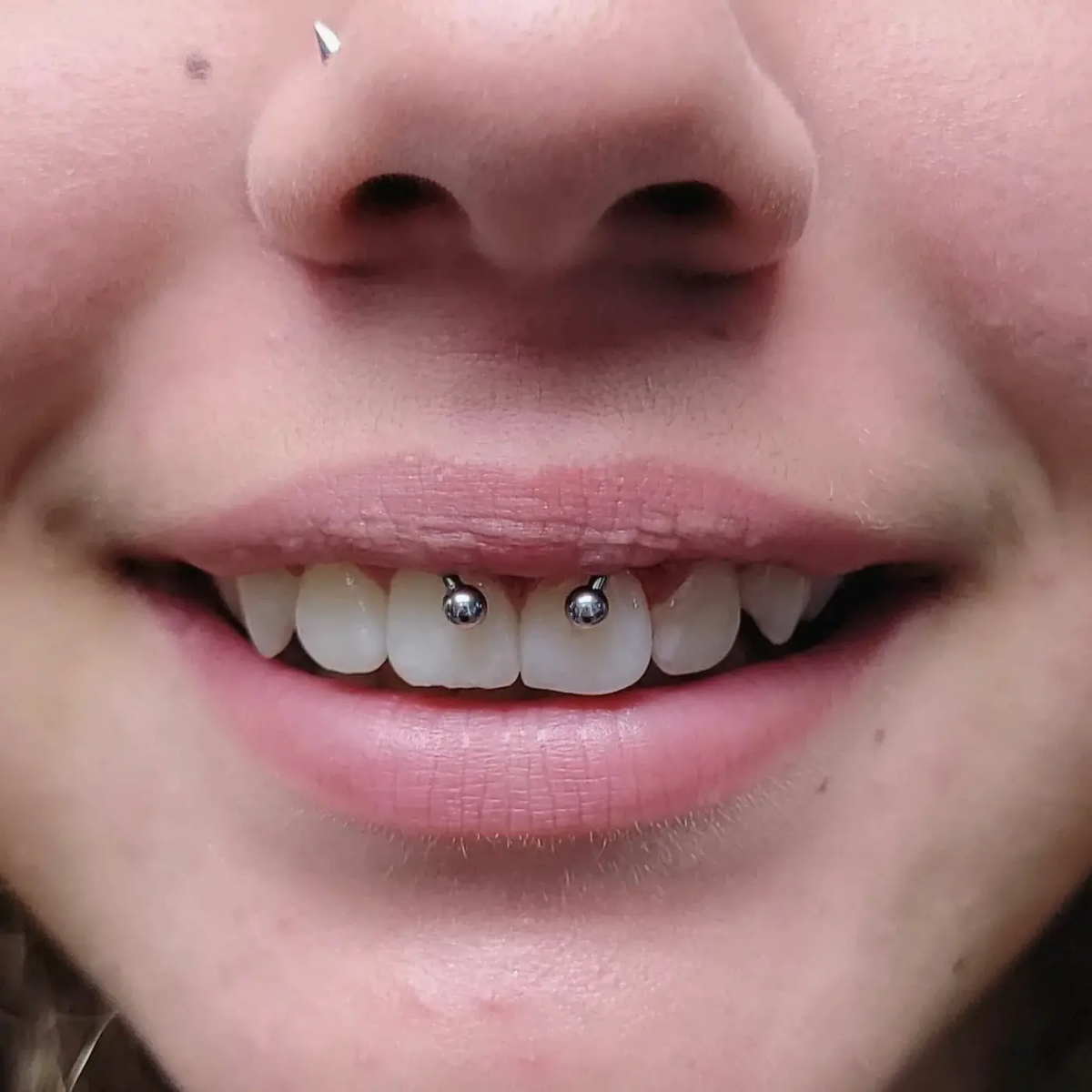
Before you commit, go look in that mirror one more time. Look at your teeth and your gums. Are you willing to risk them for this look? Only you can decide. Your job is to find a piercer who respects you enough to help you make that choice wisely—even if it means telling you no.
Galerie d’inspiration
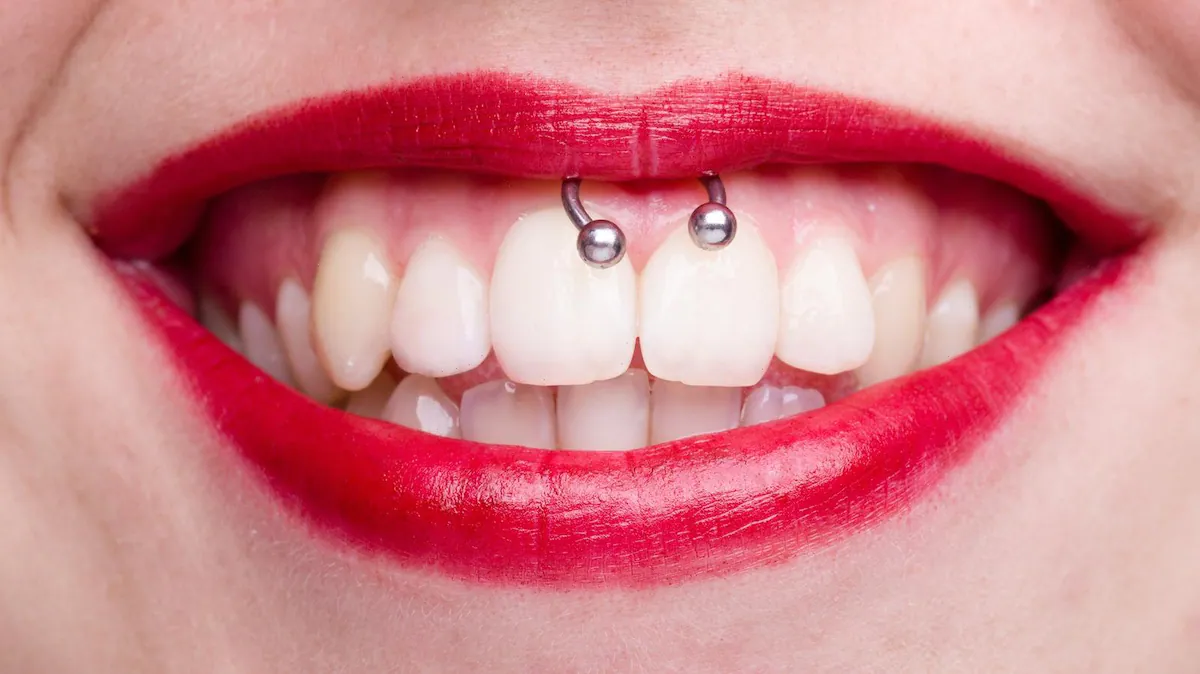

Implant-Grade Titanium (ASTM F-136): This is the gold standard for a reason. It’s completely nickel-free, incredibly lightweight (reducing stress on the frenulum), and biocompatible, meaning your body is less likely to react to it. Brands like Anatometal or Industrial Strength specialize in this, offering a mirror-polished finish that resists bacteria.
Surgical Steel (316LVM): While common and cheaper, it’s a bit of a gamble. Surgical steel contains nickel, a frequent cause of allergic reactions, especially in a moist, sensitive area like the mouth. It’s also heavier than titanium, which can increase the risk of migration or tearing over time.
For a delicate piercing like a smiley, investing in high-quality titanium isn’t just an aesthetic choice—it’s a crucial factor for successful healing and long-term oral health.

Did you know? The thin tissue of the frenulum has a very high cell turnover rate. This means smiley piercings can heal relatively quickly (4 to 12 weeks), but it also makes them more prone to migration and rejection if the jewelry is too heavy or the placement is incorrect.
This rapid healing is a double-edged sword. While it can make the initial period easier than, say, a cartilage piercing, it also means the body can efficiently
Beyond the initial aftercare, how do you live with a smiley piercing long-term?
Once healed, the daily routine changes. You’ll become hyper-aware of your jewelry. Dentists recommend using a soft-bristled toothbrush and being extra gentle around the piercing site to prevent gum recession. It’s also wise to switch to a non-whitening, alcohol-free toothpaste and mouthwash, as harsh chemicals can irritate both the piercing and the delicate tissue. And a pro tip: schedule a check-up with your piercer every 6-12 months to check for any signs of tooth enamel erosion or gum damage, even if everything feels fine.










